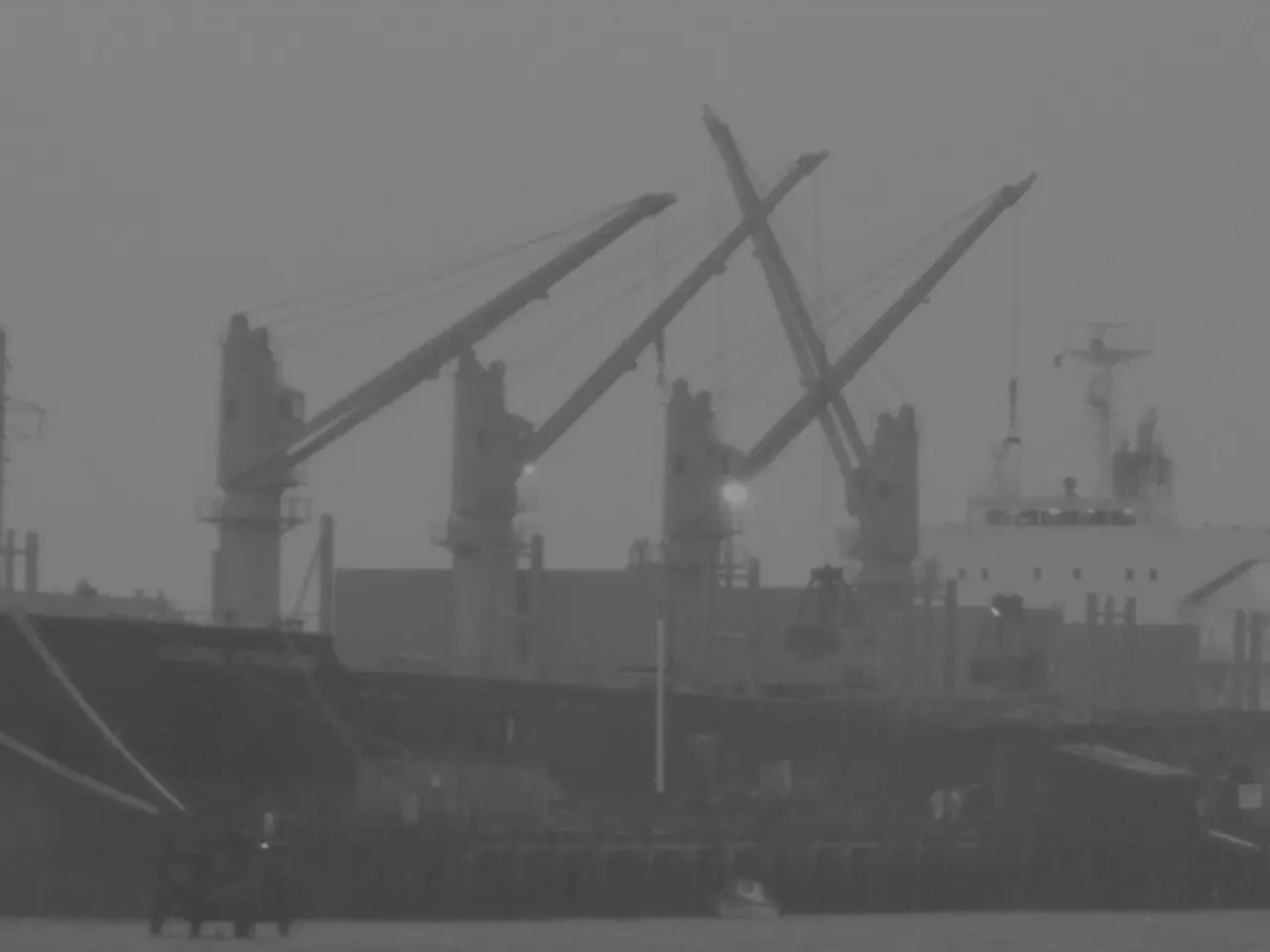Tensions rise as China and the United States trade blame over the shipping vessel passing near Scarborough Reef.
In a recent development, the U.S. guided missile destroyer USS Higgins encountered Chinese warships near the disputed Scarborough Shoal in the South China Sea. This incident, which occurred on Wednesday, has escalated tensions in the region and highlighted the complex sovereignty disputes in the area.
China claims almost the entire South China Sea, including areas overlapping with the exclusive economic zones of Brunei, Indonesia, Malaysia, the Philippines, and Vietnam. Scarborough Reef, the site of the recent incident, is one of the key flashpoints of tension in this strategically vital region, through which more than $3 trillion in maritime trade passes annually.
According to Manila, Chinese ships attempted to block access to the reef, resulting in a collision between two Chinese vessels – the first such incident in this area in six years. The U.S. Navy denies these claims, stating that the operation was conducted in accordance with international law.
The Chinese government claims that the USS Higgins entered waters without permission, which they say "seriously violated China's sovereignty and security" and "undermined peace and stability" in the region. However, the U.S. Department of Defense and Navy maintain the operation was routine and lawful under international law, particularly the United Nations Convention on the Law of the Sea (UNCLOS).
This incident is not the first time China has asserted its claims over Scarborough Shoal. In 2016, an international arbitration tribunal ruled that Beijing had no legal basis for these claims, but China refused to acknowledge this decision.
The collision and subsequent Chinese actions underscored the risks of direct encounters among great powers and regional claimants, highlighting the challenges of balancing freedom of navigation with China's assertive island-claim enforcement. The incident strained U.S.-China relations further and reassured U.S. regional allies about American commitment to regional security and international norms. However, it also exposed risks of naval miscalculation and confrontation in this strategic maritime corridor.
The U.S. Navy's Seventh Fleet emphasized that the U.S. will act where permitted by international norms, despite Beijing's statements. No further details about the nature or consequences of the collision between the two Chinese vessels were provided. No statement was made about any response from the Chinese government regarding the collision between their vessels.
This incident epitomizes the complex sovereignty disputes and geopolitical contest in the South China Sea, with sharply conflicting narratives around legality and maritime rights under international law. It also triggered heightened military deployments and underscored fragile regional stability amid competing claims and strategic rivalries.
- The recent incident involving the USS Higgins and Chinese warships near the Scarborough Shoal in the South China Sea, as well as the sovereignty disputes in the region, have become major topics in general news and politics, fueling debates about international law, freedom of navigation, and regional security.
- War-and-conflicts, international law, and politics are closely intertwined in the South China Sea, as shown by the ongoing disputes over areas like the Scarborough Shoal, where tensions between nations like the U.S. and China have led to collisions and increased military deployments, raising concerns about regional stability.







